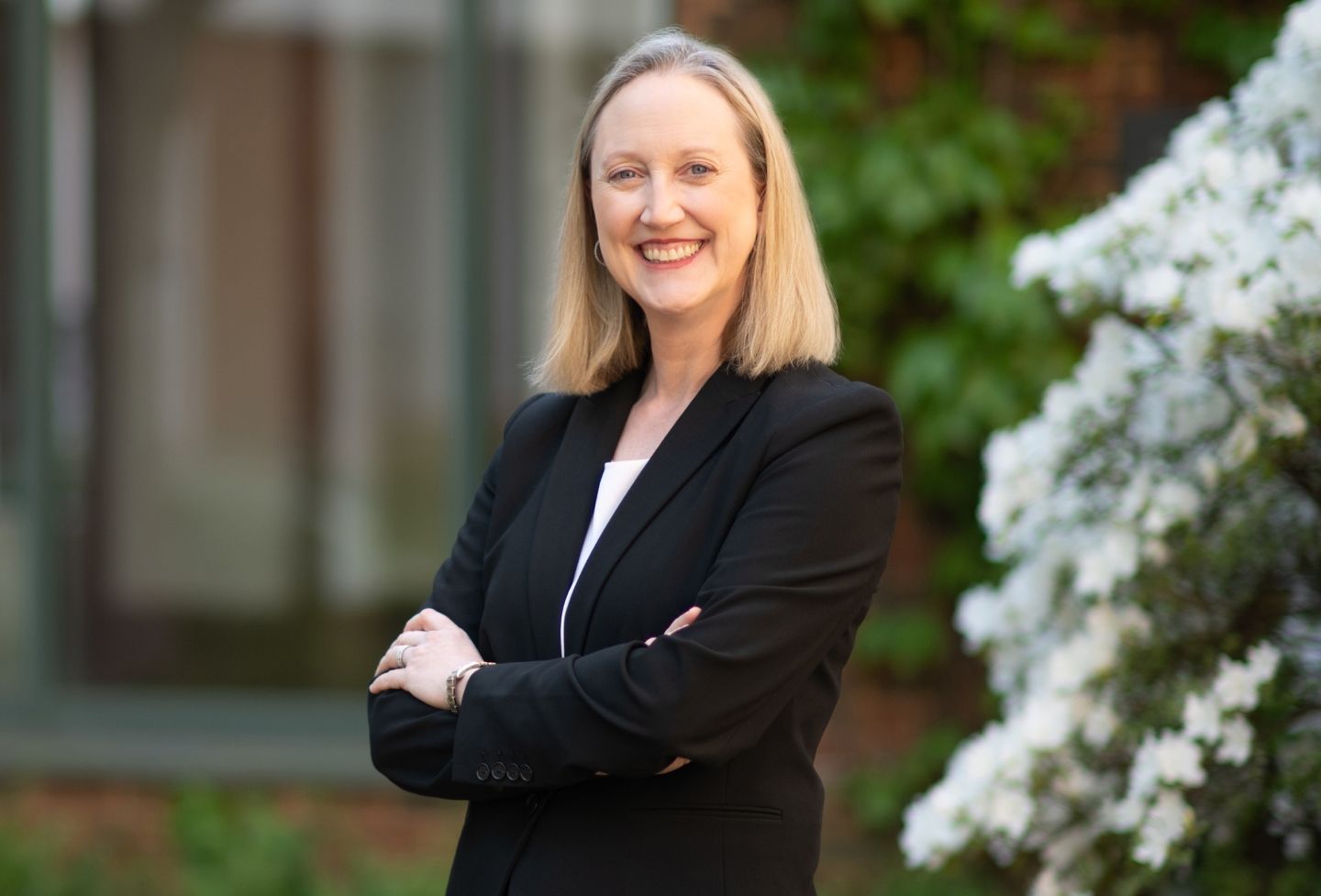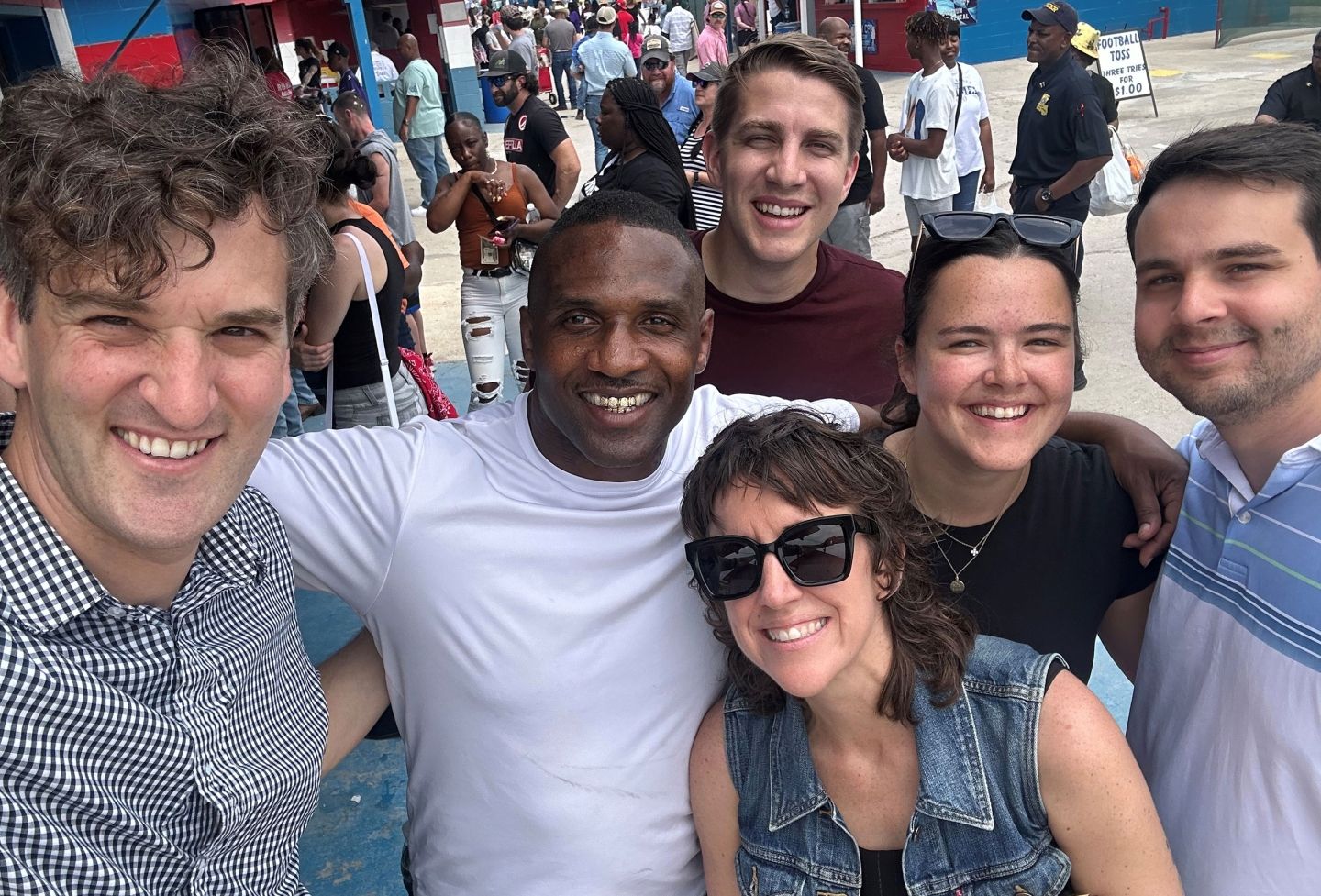Pharmaceutical companies have been enormously profitable in recent years, thanks in large part to sales generated from drugs protected by patents and other mechanisms that reduce or eliminate competition in the marketplace, according to University of Virginia School of Law professor Margo Bagley. She recently wrote about the topic for a chapter, "Patent Term Restoration and Non-Patent Exclusivity in the United States" (available on SSRN), that will be published in the forthcoming book "Pharmaceutical Innovation, Competition and Patent Law: A Trilateral Perspective," out in 2012.
Bagley, who previously worked in products research and development for Procter & Gamble and was a senior research analyst for The Coca-Cola Company before getting her law degree, teaches courses on patent law, international and comparative patent law, intellectual property and property at the Law School.
Why do pharmaceutical companies care about patent exclusivity?
Patent and non-patent exclusivity allow pharmaceutical companies to engage in supra-competitive pricing and not only recoup research and development expenses but also generate significant profits. For example, in 2000, the pharmaceutical giant Merck generated more profits than all the Fortune 500 companies in the airline, entertainment, food production, metals and hotel/casino/resorts industries combined that year. In 2008, the last year for which Fortune provides such data, the pharmaceutical industry was the second-most profitable in the world after the petroleum industry. And exclusivity-extending tools are a big part of this success" story.In 2006, patent term restoration and exclusivity accounted for approximately 39 percent of the total sales revenue of more than $100 billion for the 40 top-selling drug products.
In the chapter, I discuss various types of patent exclusivity provisions, pediatric exclusivity (the six-month extension of exclusivity added to the end of a patent in exchange for testing a drug in children), orphan drug exclusivity (the seven years of market exclusivity awarded for creating drugs for rare diseases and other financially unattractive conditions), as well as new chemical entity and new clinical study exclusivity provisions that can delay generic market entry. I also touch on the exclusivity provisions created for the growing wave of biologics: large-molecule, complex drug products derived from living organisms.
In what ways are drug-makers finding ways to extend the life cycles of successful pharmaceutical products? What are the upsides and downsides of this innovation?
In addition to the legitimate, statutorily provided patent and non-patent exclusivity-enhancing tools I discuss in the chapter, originator drug companies employ a wide variety of more controversial tools in drug lifecycle management (more pejoratively termed evergreening" by generic manufacturers). These include reverse payment settlements where a patent holder pays a generic manufacturer to drop a validity challenge to a patent. While our system favors settlements, the anti-competitive and consumer drug price effects of these agreements are quite disturbing. Other tools include obtaining patents on minor changes to a drug, such as a form or dosing regime, patenting a metabolite produced in the body after a patient ingests a drug, and more.Courts have curtailed some of these practices to varying degrees, but creative lawyers continue to find new ways to maximize exclusivity in light of the huge profits at stake.
How does patent exclusivity fit into larger intellectual property issues?
Over the past few decades we have seen increases in the scope of protectable subject matter for all areas of intellectual property. Over the same period, Congress has extended the term of protection for copyrights and (indirectly) for many patents, the two types of IP that are constitutionally required to have a limited duration. Increasing the types of things protectable by IP as well as how long you provide exclusive protection for them has important ramifications for the public domain that creators draw from; the prices consumers must pay for products, in particular drugs; as well as incentives to innovate and disclose new information.
How does the patented/generic drug cycle compare to those abroad — in Europe, for example?
The system in Europe is different from that in the United States in many ways. While there is one regulatory approval body for the EU (similar to our FDA), and a patent term extension mechanism (Supplementary Protection Certificates) is available at the EU level, individual countries set and control drug prices and national healthcare legislation can vary widely in creating an environment that is either favorable or unfavorable to generic entry. Nevertheless, the issues, and, for the most part, the exclusivity-enhancing tools, are similar in both the U.S. and Europe and many of the lifecycle management strategies are in play there as well. The lack of a true European patent and single court system for patent disputes, in conjunction with the principle of free movement of goods, does create the potential for drug pricing issues in the EU that we simply do not have in the U.S. Of course, we have enough problems of our own!
Is there any pressure to reduce patent exclusivity for breakthrough drugs, and would that be an advisable step?
Not so much in the United States, where there is a strong and widely held belief in the importance of patent protection to incentivizing drug development and a long-standing view of patent rights as property rights that should only be subject to compulsory licensing in exceptional circumstances. For example, while there have been numerous lower court patent infringement decisions denying injunctive relief in the wake of the USSC 2006 eBay v. MercExchange decision (which rejected the view that injunctions should virtually always issue in patent cases and subjected the grant of such relief to the same four-factor test applied in other areas of law), none of those decisions, to my knowledge, involve a pharmaceutical product. Of course, consumers would like lower-cost drugs sooner, and so there have been efforts, at times, to increase access to cheaper drugs from Canada (where price controls exist) and to curtail some evergreening tools, like reverse payment settlements.
However, this is a very contentious issue outside of the U.S., especially for developing countries facing a double burden" of infectious and chronic (noncommunicable) diseases. Increasing access to essential medicines through relaxing patent exclusivity is one option that countries have the right to exercise under a major multilateral treaty, and it may indeed be advisable in certain situations, but there can be serious negative repercussions for the country when such compulsory licenses are granted. The issue is set to become even more contentious, as companies in India and China are reported to have invested in multi-billion dollar plants to produce copies of complex biologics (which tend to be the most expensive drugs) and are pushing for reductions in patent exclusivity as a result.
How does this research fit into your overall scholarship?
I have long been interested in the interplay between patent protection and access to medicines in developed and developing countries. This chapter was a logical project for me to undertake because the exclusivity-enhancing tools I discuss not only create important R&D incentives, they also tend to delay the entry of cheaper drugs into the marketplace.
What are you working on next?
My co-authors and I are nearing the completion of two book projects: International Patent Law & Policy," a casebook for Aspen Publishing, and Global Perspectives on Patent Law" for Oxford University Press, a volume of contributions from leading IP scholars from a number of countries addressing critical institutional, economic, doctrinal and practical questions in patent law from a global perspective.
In addition, I am continuing a strand of research of enduring interest to me: exploring controversies related to the patenting of living organisms. I am also in the early stages of a project with John Duffy on patent-related "indigenous innovation" initiatives in China, some of which are rather disturbing because of their potential to unfairly disadvantage foreign companies in far-reaching ways. [Some of the initiatives are new procurement rules requiring that Chinese government agencies buy products — such as computers and software — that contain intellectual property developed, owned and registered in China.] Finally, President Obama signed the America Invents Act into law on Sept. 16, creating the biggest change to U.S. patent law in 60 years. I have a feeling I may be dealing with an aspect of that law as well, particularly in relation to university and small-inventor patenting.
How will the America Invents Act affect pharmaceutical companies' ability to retain patent exclusivity?
The new law affects one particular pharmaceutical company in a very big way. Section 37 of the act is a piece of special-interest legislation designed to provide a five-year patent term extension for one drug, Medco's Angiomax (although it may benefit two other drugs as well). The company (through its malpractice-liability-fearing law firm) filed its petition for a term extension a day late and needed the legislative fix to allow acceptance of the petition by the Patent Office. Now patent exclusivity for the drug should last until 2015. More generally, it is too soon to tell how the quirks of the new law may impact drug companies. The act includes numerous changes, including moving the U.S. to a first inventor to file or disclose" regime, but the major provisions will not take effect for 12-18 months. The good news is that the act should increase the number of patent-related positions available for my students over the next several years, as its new procedures and complexities will require savvy legal analysis and representation.
Founded in 1819, the University of Virginia School of Law is the second-oldest continuously operating law school in the nation. Consistently ranked among the top law schools, Virginia is a world-renowned training ground for distinguished lawyers and public servants, instilling in them a commitment to leadership, integrity and community service.


